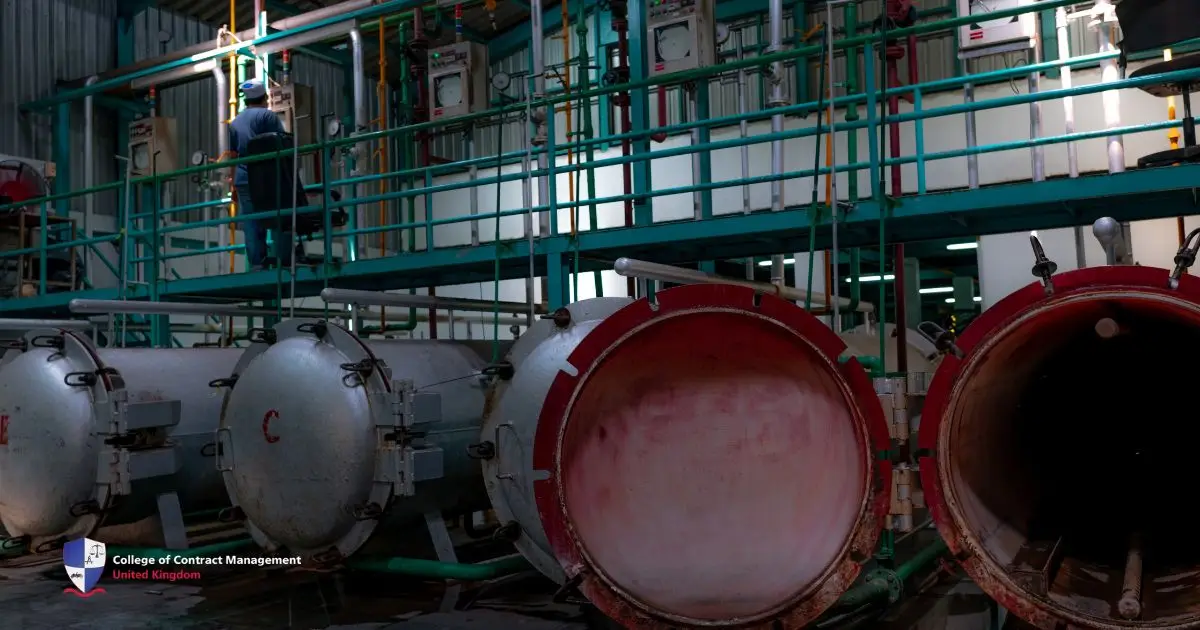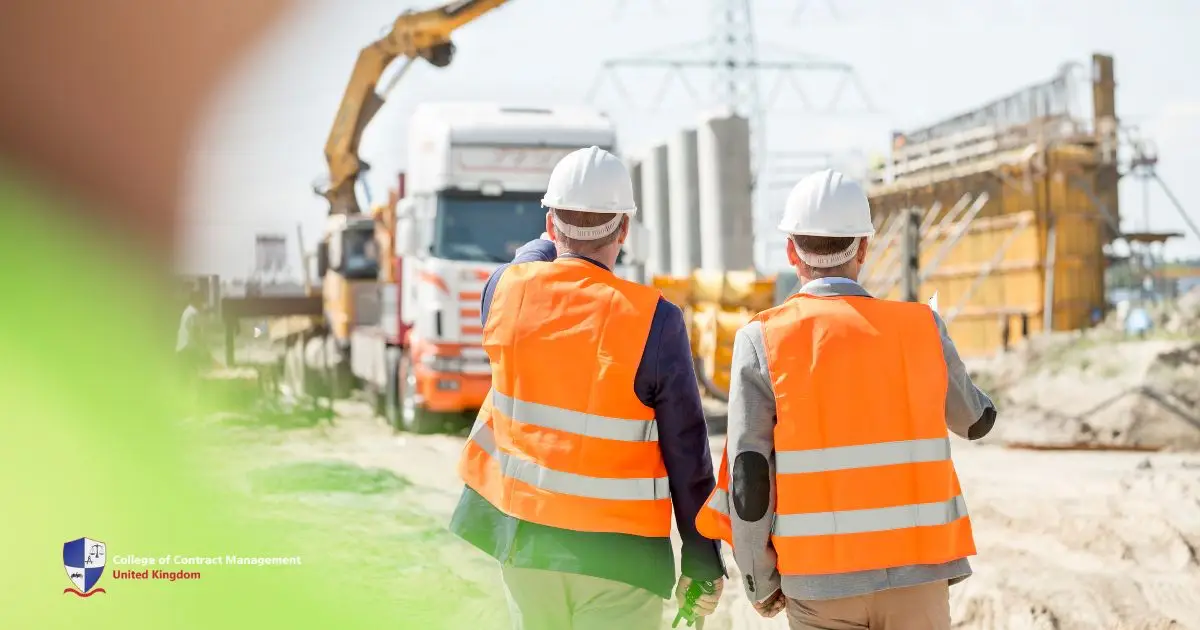Hydrostatic pressure is important in construction, especially when dealing with basements, foundations, or retaining walls. It's a sneaky force from the weight of water just sitting there. This can push hard on anything underground, leading to leaks, cracks, or worse, if it's improperly handled. So, whether you're fixing up your place or building something as a contractor, handling it is key to making sure your project stays solid and doesn't run into trouble down the line.
What is hydrostatic pressure?
It refers to the force exerted by fluid, mostly water when it is in a state of rest. This pressure increases with depth, meaning the deeper you go, the more pressure it exerts.
In the construction industry, it typically refers to the pressure that groundwater exerts on structures. Thus, building basement walls, retaining walls, or foundations is critical. In theory, water may seem harmless on the surface, but it exerts pressure against these structures when it builds up. As a result, it can lead to serious problems if not properly addressed.
Why is hydrostatic pressure necessary in construction?
- Waterproofing: It is essential in construction to manage hydrostatic pressure effectively. When pressure from groundwater pushes against the basement or retaining walls, it can force water through small cracks or joints in construction. As a result, these can lead to dampness and leaks.
- Longevity of Structure: When not monitored, it can slowly damage walls and other structures. Thus, resulting in expensive repairs. Learning how to handle this pressure is key to keeping buildings strong and making them last longer.
- Foundation Integrity: The foundation is important for any building. If too much water pressure builds up against it, it can cause cracks or even make the structure unstable. This happens a lot in basements and underground parking areas when the groundwater levels go up.
The Effects of Hydrostatic Pressure on Structures
Hydrostatic pressure can cause several problems if not addressed during construction. Here are some common issues that arise due to unmanaged hydrostatic pressure:
- Cracks in Foundation Walls: When groundwater pushes against a building's foundation, the walls might crack from the pressure. Even little cracks can let water sneak into the structure. As a result, it causes moisture to build up and possibly leads to mold growth.
- Basement Flooding: When water pushes its way into a basement through cracks or gaps because of this pressure, it can cause a flood. This is a real hassle and can damage furniture, flooring, and anything else you have down there.
- Structural Instability: Over time, unmanaged hydrostatic pressure can weaken the integrity of walls and other underground structures. This can compromise a building's overall stability, making it more susceptible to long-term damage or collapse.
- Heaving: In extreme cases, hydrostatic pressure can cause a phenomenon known as "heaving." This occurs when the pressure builds up beneath a structure (such as a basement floor or swimming pool) and forces the structure upwards, potentially causing severe damage.
How to Manage Hydrostatic Pressure in Construction
Now that you understand the risks associated with hydrostatic pressure, let’s examine some standard methods used in construction to manage and reduce its effects.
1. Proper Drainage Systems
Installing a drainage system is a great way to handle hydrostatic pressure and keep water from building up around a building's foundation. For instance, French drains are a popular choice for this. They catch the water and send it away from the building. As a result, it helps relieve pressure on basement walls and other underground structures.
2. Waterproofing Membranes
Waterproofing membranes are another vital tool for managing hydrostatic pressure. These barriers are applied to the outside foundation walls and act as a protective layer that prevents water from seeping through cracks or joints. Waterproofing membranes are particularly useful in areas with high water tables or frequent rainfall.
3. Sump Pumps
Sump pumps are often installed in basements to deal with excess groundwater. These pumps automatically activate when water accumulates and pump it out of the building. Thus reducing the pressure around the foundation.
4. Weep Holes in Retaining Walls
Weep holes in retaining walls are like little escape routes for water trapped behind the wall. These small openings help prevent water from building up and putting too much pressure on the wall. Without these weep holes, the water would not be able to get out, which could cause the wall to give way or even collapse.
5. Proper Grading Around the Building
Ensuring the ground slopes away from your building can help stop water from piling up near the foundation. This easy trick can reduce the pressure from water in the ground, keeping your walls safe.
Why Ignoring Hydrostatic Pressure Can Be Costly
Don't overlook hydrostatic pressure when you're working on a construction project. If you ignore it, you might spend much more money fixing things like cracked foundation walls, flooded basements, or even a collapsed retaining wall later on. These fixes can cost a pretty penny, way more than what you'd spend on good drainage or waterproofing from the get-go. By paying attention to hydrostatic pressure early, you can save yourself from these expensive headaches and ensure your building stays solid and stable for the long haul.
Wrapping it up: The Relevance of Hydrostatic Pressure in Construction
Hydrostatic pressure might not be the first thing that comes to mind when discussing construction. If not managed correctly, this pressure can cause many problems, especially in basement walls and retaining structures.
As a result, learning to understand hydrostatic pressure and taking steps to manage it- such as installing waterproofing membranes, sump pumps, and drainage systems- can protect your structures from damage and ensure their longevity. Whether you are building a commercial space or a home, handling hydrostatic pressure is a powerful key to a successful project.
The College of Contract Management offers comprehensive construction courses designed to help you start or advance your career in the construction industry. Whether new to the field or learning to expand your expertise, our professional programmes cover project management, quantity surveying, and contract management courses. With flexible online learning and expert instructors, you’ll gain the skills and knowledge needed to succeed in today’s competitive construction landscape.





